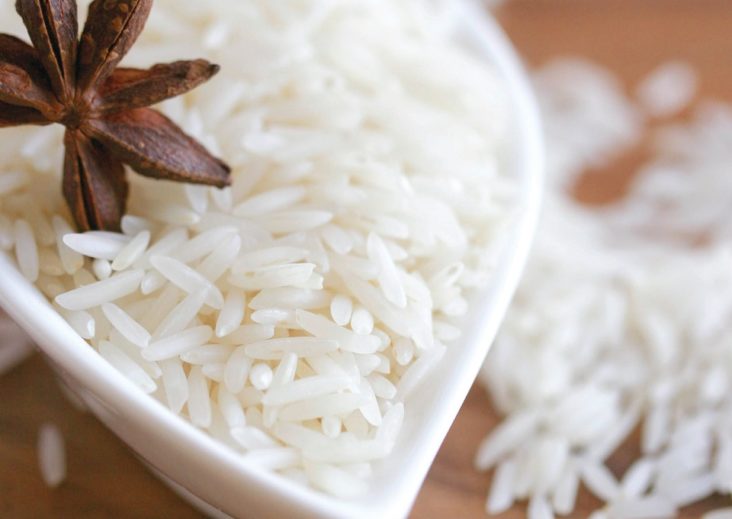Basmati Rice – Characteristics & Varieties

Basmati rice is known world over for its exquisite qualities. This magnificent Basmati rice varieties are?the India?s gift to the world. Basmati rice is a special type of rice which can be grown only in the Northern plains of the Indian subcontinent. Irrigated by the fresh, pure and pristine waters of the Himalayan rivers this rice grows best in the rich silts brought down by these rivers. Basmati rice has long been recognized for its magnificent characteristics and has been the favorite of connoisseurs since time immemorial. The wonder of Basmati rice still grips many and the fact that Basmati rice cannot be grown artificially in any other part of the world, simply adds to its enigma.
Characteristics of Basmati Rice
Some of the major characteristics of Basmati rice which has captivated the world with its irresistible qualities are:
Colour – Basmati rice has a distinct translucent, almost pearly creamy white colour. Although brown Basmati rice is also produced, the white polished variety is better preferred over it.
Grain – Basmati rice is known to have long and slender grains. This forms one of the key characteristics for its recognition.
Shape – Another factor for identification of basmati rice is its unique shape. The length to breadth ratio of basmati rice grain is equal to or more than three is to one and has a delicate curvature.
Texture – Basmati rice grains have a silky texture and the grains are firm, separate and dry. Upon cooking the grains remain separate and become fluffy.
Elongation – Basmati rice grains upon cooking elongate to nearly or more than double the length of the uncooked grain with minimal or no fattening.
Fragrance – Basmati rice is famous for its unique and enticingly supreme aroma even in the uncooked state.
Flavour – The grains of basmati rice boast of a rich appetising flavour. The delectable taste of the basmati rice is an extremely magnificently delicate blend of nutty and sweet flavours.
Basmati rice has been incorporated in culinary usage for ages that it has become a key ingredient for many famous delicacies. Mouthwatering dishes like biryani and pulao complement this rice variety really well. The distinctive flavour and aroma and the basmati rice grains? quality of being separate on cooking make it a delight to cook with and has the power of transforming any simple meal into a stately affair.
Indian Basmati Rice Varieties
Under the Seeds Act of 1996, eleven basic varieties of Basmati rice had been identified as true varieties. These classifications had been done to discontinue and avoid the usage of wild strains of Basmati rice. They are as follows:
1. Basmati 386
2. Basmati 217
3. Ranbir Basmati
4. Karnal Local/ Taraori Basmati
5. Basmati 370
6. Dehraduni Basmati (Type-3)
7. Pusa Basmati – 1
8. Pusa Basmati 1121
9. Punjab Basmati – 1
10. Haryana Basmati – 1
11. Kasturi and Mahi Sugandha

